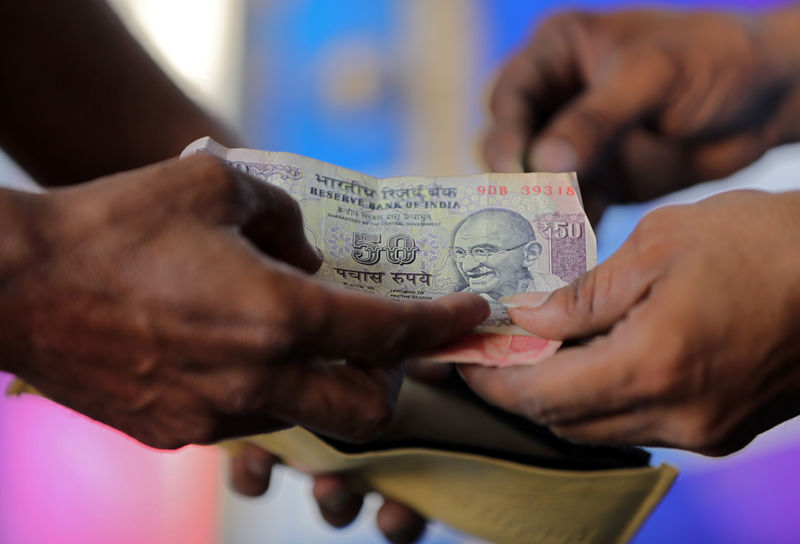Investing.com– Most Asian currencies were lower on Thursday as the dollar remained steady near a two-year high, while the Indian rupee fell to an all-time low.
Most markets in the region were closed on Wednesday for Christmas.
The US Dollar Index was largely steady, while the US Dollar Index Futures ticked lower in Asian trade on Thursday.
Asian currencies weakened sharply last week after the Federal Reserve projected fewer rate cuts in 2025, citing concerns over sticky U.S. inflation.Â
Indian rupee hits record low, dollar remains near 2-yr high
The Indian rupee fell to an all-time low against the U.S. dollar, with the USD/INRÂ pair hitting a record peak of 85.497 rupees with a 0.2% fall on Thursday. The pair had breached the 85 rupee mark last week.
The Chinese yuan’s onshore pair USD/CNY edged higher on Thursday. Chinese authorities have decided to issue a record-breaking 3 trillion yuan ($411 billion) in special treasury bonds next year, in an intensified fiscal effort to stimulate a struggling economy, Reuters reported on Tuesday.
The Singapore dollar’s USD/SGD pair rose 0.1%, while the Australian dollar’s AUD/USD pair fell 0.2%.
The South Korean won’s USD/KRW pair rose 0.4%, while the Philippine peso’s USD/PHP pair fell more than 1%, bucking the regional trend.
The U.S. dollar has shown notable strength in recent months, supported by a combination of domestic and global factors.Â
One key driver has been the Federal Reserve’s monetary policy stance, which, despite earlier rate cuts, has shifted to maintaining higher interest rates for 2025 with projections of only two cuts.
Additionally, expectations of potential tariffs under the incoming Donald Trump administration have led to projections of higher inflation and robust economic performance, further boosting the dollar’s appeal.
With expectations of the dollar remaining strong, the outlook for Asian currencies has become more clouded amid global uncertainties.
Japanese yen muted amid rate hike bets
The Japanese yen’s USD/JPY pair was largely unchanged on Thursday.
Japan’s government is preparing a record $735 billion budget for the fiscal year starting in April, driven by rising social security and debt-servicing expenses, according to a draft obtained by Reuters.
BOJ Governor Kazuo Ueda said on Wednesday that the economy is expected to make progress toward sustainably reaching the central bank’s 2% inflation target next year, hinting that an interest rate hike could be approaching.
The Bank of Japan ended negative interest rates in March and increased its short-term policy rate to 0.25% in July. It has indicated a willingness to raise rates further if wage and price trends align with its forecasts.


